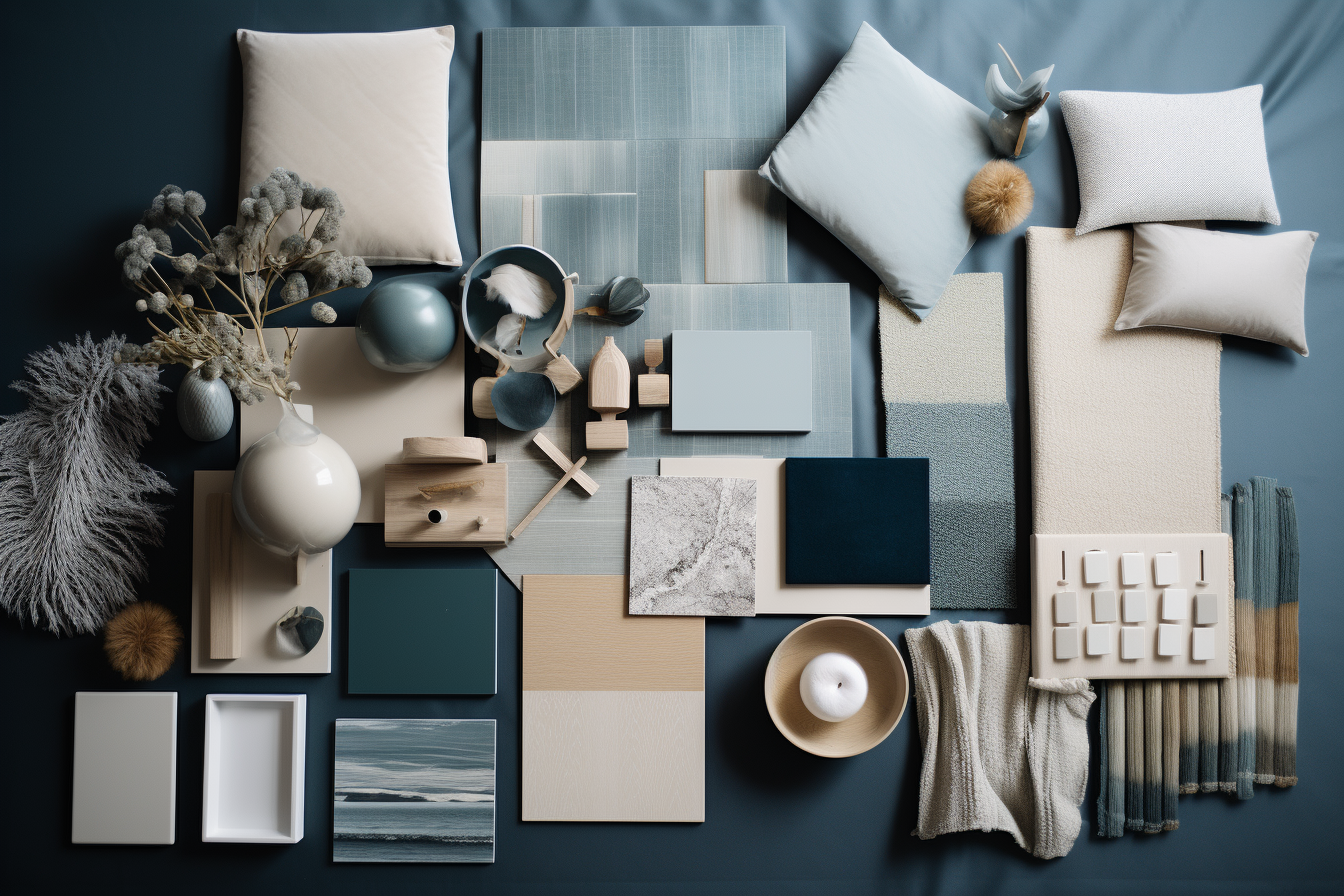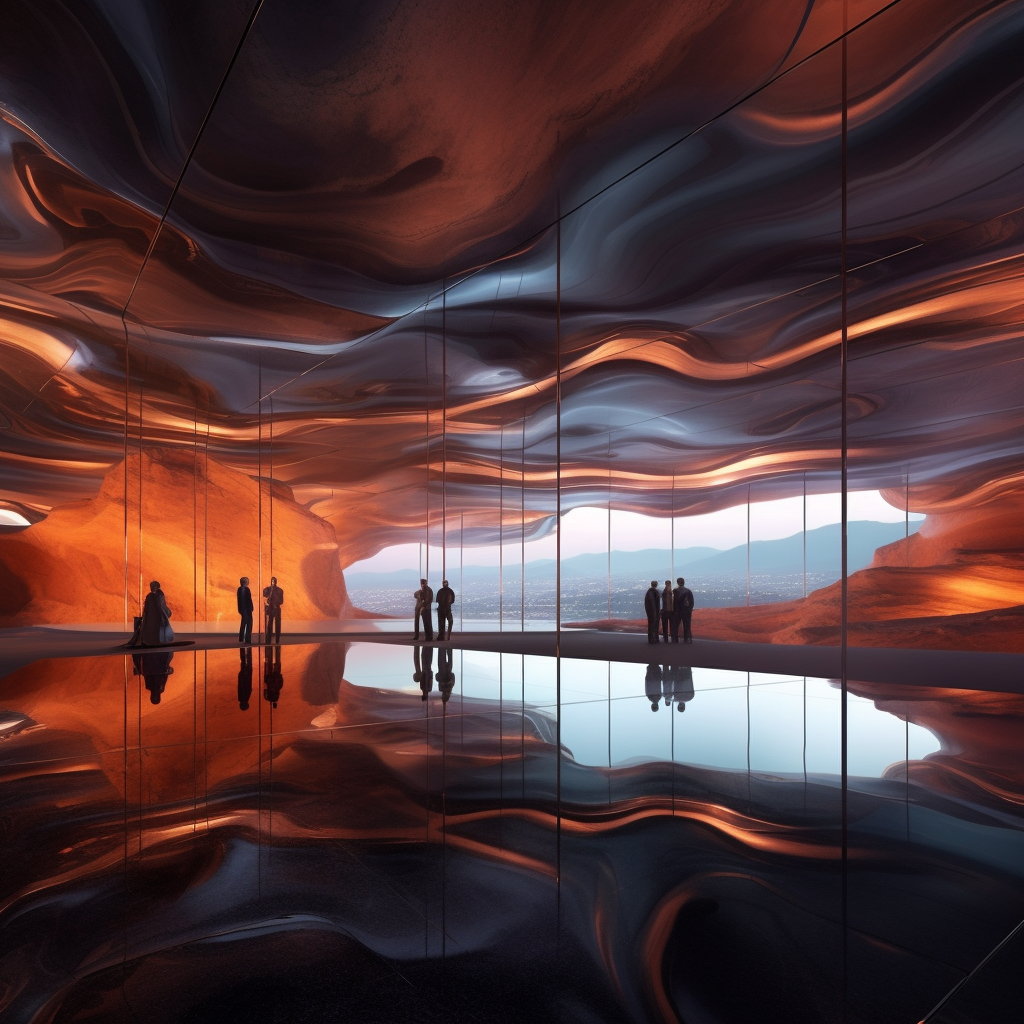How AI Interior Design Is Transforming the Future of the Creative Process
The evolution of interior design has always been shaped by new tools, from hand drafting to CAD to photorealistic 3D rendering and now AI design tools. Rather than replacing human intuition, artificial intelligence acts as a creative amplifier, expanding what designers can conceptualize, iterate, and communicate. And as AI becomes more integrated into professional workflows, it is reshaping how spaces are imagined, tested, and emotionally experienced. This article explores how AI is redefining interior design processes, the leading AI tools designers are using today, and what the future of creative practice could look like when intelligence and imagination work side by side.
Why AI Matters in Interior Design Today
Interior design has traditionally been iterative, time-intensive, and dependent on layered visual communication, with manual sketched, mood boards, and extensive redrawing sessions. This meant long and costly processes that were accessible only to high-end projects or a select few. AI accelerates these steps without diluting the artistic process enabling:
Faster ideation
Photorealistic concept development
Smarter material exploration
Dynamic layout generation
Clearer client communication
So, instead of replacing the human vision and creativity, AI is the optimal tool to quickly refine it, allowing designers to focus on their core strengths and helping them transform spaces into functional and aesthetically pleasing environments.
From Sketches to Reality: AI as a Visualization Accelerator
Turning Sketches into Photorealistic Renders
Previously, translating rough sketches into refined visuals required advanced rendering expertise, effort, and time. AI-powered visual engines now take a simple hand-drawn sketch and generate atmospheric, lifelike renders in minutes, enabling rapid concept exploration without slowing down creative momentum.
AI-Led Ideation and Layout Generation
Generative design tools analyze inputs such as spatial requirements, design parameters, aesthetic direction, or functional intent. The AI then proposes multiple layout variations based on user inputs, opening new perspectives designers may not have initially considered—not to dictate a final solution, but to spark better ones. This automation speeds up the brainstorming process, providing designers with a range of concepts to choose from while taking into account factors such as spatial functionality and user preferences, leading to more thoughtful and effective designs.
AI as a Partner in Materiality and Atmosphere
Smart Material and Texture Suggestion
Selecting textures and materials is a crucial aspect of interior design that greatly impacts the overall feel of a space. AI-driven tools can interpret a mood direction — for example, “warm minimalism with tactile stone and brushed metal” — and offer coherent material combinations that maintain visual and functional harmony and adhere to project requirements, resulting in cohesive and visually appealing interiors.
AI-Generated Moodboards Interpreting Emotion
AI is making it easier for designers to communicate abstract ideas and mood concepts to clients. Instead of manually searching for references, designers can input words, themes, or even emotions, and AI assembles visual narratives that align with a desired atmosphere and aesthetic. This makes early-stage direction more intuitive and aligned with both spatial intent and client expectation.
Collaboration, Speed, and Workflow Efficiency
AI reduces time spent on repetitive tasks such as specification summaries, cost estimations, technical documentation, and revision cycles what opens more room for thoughtful experimentation and dialogue between designer, client, and architect. AI-driven presentation tools also allow clients to explore multiple directions instantly, creating a more fluid, collaborative feedback loop.
Leading AI Tools in Interior Design
Midjourney: Atmospheric Concept Exploration
One remarkable tool making waves in the industry is Midjourney. Ideal for early-stage ideation, it allows designers to explore spatial moods through abstract or refined visual prompts, helping unlock new aesthetic possibilities. Leveraging AI and virtual reality (VR) technology, Midjourney enables designers and clients to visualize and experience interior spaces before they're even built bridging the gap between imagination and reality and allowing stakeholders to make informed decisions about design elements, layouts, and aesthetics.
DALL·E 2: Language-to-Visual Ideation
Another noteworthy innovation is DALL·E 2, an extension of the original DALL·E, a neural network that generates images from textual descriptions. By quickly translating text inputs into unique conceptual imagery, DALL·E 2 is useful for generating design starting points and exploring unexpected combinations. With this AI tool, designers can describe a vision in words, and DALL·E 2 can generate corresponding visuals, sparking fresh ideas and pushing the boundaries of creativity.
Stable Diffusion: Precision Iteration and Refinement
Stable Diffusion operates at the intersection of generative AI and fine-tuned control. IStable Diffusion enables designers to fine-tune lighting, color palettes, furniture silhouettes, and stylistic direction with parameter-level control, making iteration faster and more exact. By inputting specific parameters and constraints, designers can watch as Stable Diffusion generates a plethora of design variations, each adhering to the defined criteria. This means that designers can experiment with different styles, color schemes, or even thematic elements and receive a wide array of design options, all tailored to their exact specifications.
The Designer Still Leads: AI as Co-Creator, Not Replacement
While AI can produce images and propose spatial solutions, it cannot interpret cultural nuance, understand lived experience, or create emotional resonance with intention. Design is still about narrative, proportion, atmosphere, and how humans experience space, what can only be accurately impressed by the designer itself. AI provides infinite variations, reduces costs and expedites the process, but the designer decides which one of those iterations tells the right story.
What’s Next for AI Interior Design?
As AI continues evolving, expect a shift toward more immersive, real-time creative ecosystems:
Personalised interiors based on user data and behavioural cues
VR and AI merged to test emotional responses to spaces in real time
Adaptive design where environments adjust intelligently to occupants
Hybrid workflows where generative AI meets handcrafted detailing
The future will not be human vs. machine—but rather human with amplified perception. AI is not a shortcut and as studios begin integrating AI into concept development, storytelling, and presentation, the role of the designer evolves: less time explaining an idea, more time shaping its meaning. This new era belongs to those who can navigate both intuition and intelligence with clarity.
Explore More
If you're intrigued by these innovative AI techniques and eager to delve deeper into the world of AI in interior design, you'll find a wealth of knowledge in my design guidebook. Whether you aim to master AI-powered software or grasp the intricacies of these technologies, this guidebook serves as your roadmap into the exciting world of AI-infused interior design.
As we continue using AI as part of our conceptual process, we’ll share insights, methods, and reflections on the evolving relationship between technology and design craft.











